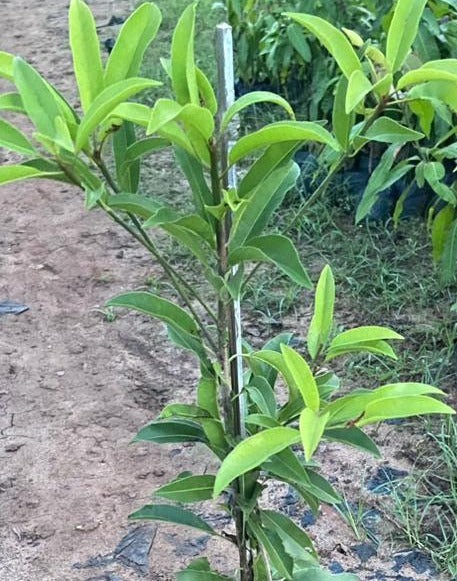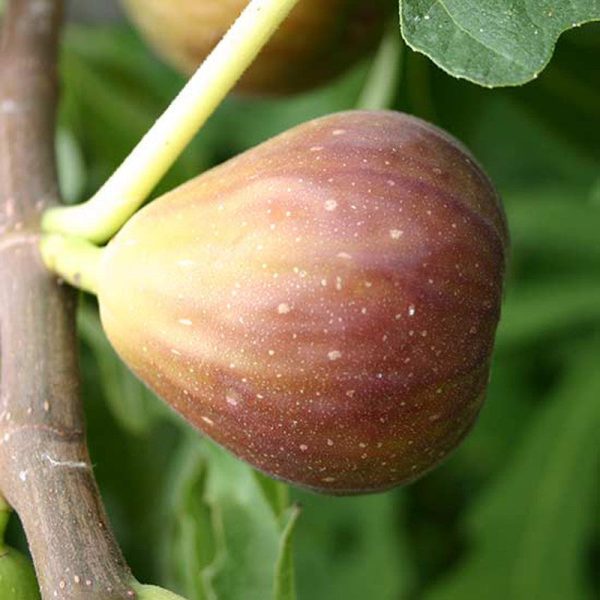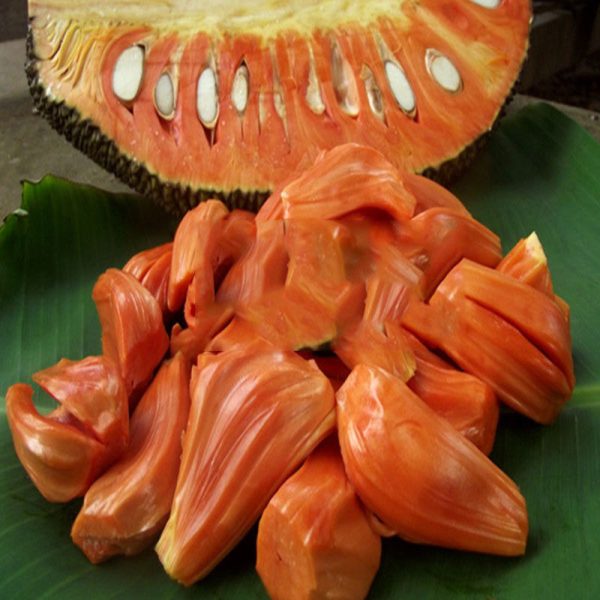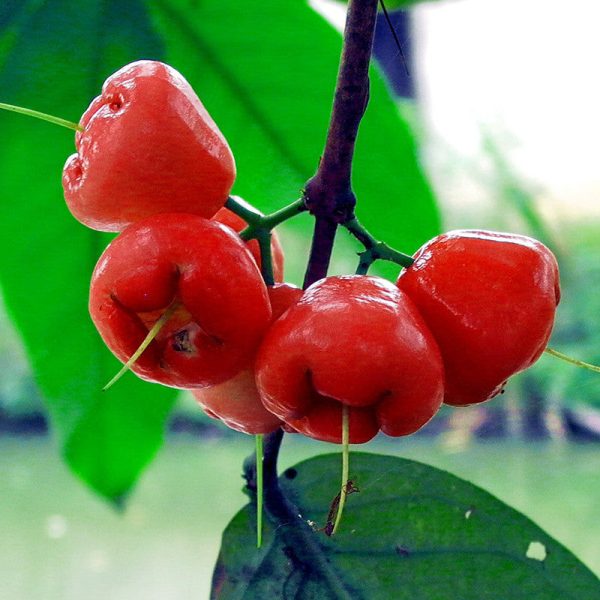What Is Sapodilla Fruit: How To Grow A Sapodilla Tree Sapodilla Trees By: baagbageecha.com Printer Friendly Version Image by libin jose Like exotic fruits? Then why not consider growing a sapodilla tree (Manilkara zapota). As long as you care for sapodilla trees as suggested, you’ll find yourself benefiting from its healthy, tasty fruits in no time. Let’s learn more about how to grow a sapodilla tree. What is Sapodilla Fruit? The answer to, “What is sapodilla fruit?” is quite simply a delicious tropical fruit ranking among the likes of mango, banana, and jackfruit. Sapodilla answers to quite a few monikers such as Chico, Chico sapote, Sapota, Zapote chico, Zapotillo, Chicle, Sapodilla plum and Naseberry. You may recognize the name ‘Chicle,’ which refers to the latex excreted by the sapodilla fruit and is used as a chewing gum base. 0 seconds of 0 secondsVolume 0% Growing sapodillas is thought to have originated in the Yucatan peninsula and nearby southern regions of Mexico, Belize and into northeastern Guatemala. It was then introduced and since cultivated throughout the tropical Americas, West Indies and the southern part of Florida. Information Regarding Growing Sapodillas Growing sapodillas are not strictly tropical and adult sapodilla fruit trees can survive temperatures of 26-28 F. (-2,-3 C.), for a short period of time. Sapling trees are more likely to sustain major damage or even die at 30 F. (-1 C.). Sapodillas are not particular when it comes to water requirements. They may do equally well in arid or humid environments, although more severe conditions may result in lack of fruiting. Despite its temperature tolerance, if you want to grow a sapodilla tree in a less than semi-tropical area, it would be prudent to either grow it in a greenhouse or as a container plant that can be moved to a protected area in case of inclement weather. If such weather occurs, the tree can also be covered with sheeting to aid in protection. This evergreen fruit bearer hails from the family of Sapotaceae in the genus of Manilkara with a calorie rich, easy-to-digest fruit. The sapodilla fruit is sand colored with a skin similar to a kiwi but without the fuzz. The interior pulp is of young sapodilla fruit is white with a heavy concentration of sticky latex, called saponin. The saponin abates as the fruit ripens and the flesh subsequently turns brown. The inside of the fruit contains three to ten inedible seeds at the center. Explore More A good reason to grow a sapodilla tree is its excellent source of nutrition within the fruit, which is composed of fructose and sucrose and is rich in calories. The fruit also contains vitamins such as vitamin C and A, folate, niacin and pantothenic acid and minerals like potassium, copper, and iron. It is rich in antioxidant tannins too, and purported to be useful as an anti-inflammatory and a fighter of virus, “bad” bacteria and parasites. Sapodilla fruit has also been used as an anti-diarrheal, hemostatic, and hemorrhoid aid. Care for Sapodilla Trees To grow a sapodilla tree, most propagation is done by seed, which will be viable for years, although some commercial growers use grafting and other practices. Once germinated, use some patience as it takes five to eight years to grow a sapodilla tree of bearing age. As mentioned, the fruit tree is tolerant of most conditions but prefers a sunny, warm, and frost free location in most any type of soil with good drainage. Additional care for sapodilla trees advises fertilizing the young trees with -8% nitrogen, 2-4% phosphoric acid and 6-8% potash every two or three months with ¼ pound (113 g.), and increasing gradually to 1 pound (453 g.). After the first year, two or three application a year is plenty. Not only are sapodilla trees tolerant of drought conditions, but they can take soil salinity. They need very little pruning and are mostly pest resistant. As long as the sapodilla tree is protected from frost and patience is in abundance for this slow grower, flavorful fruit shall be the reward from this tolerant specimen.

SHIPPING & DELIVERY
Vestibulum curae torquent diam diam commodo parturient penatibus nunc dui adipiscing convallis bulum parturient suspendisse parturient a.Parturient in parturient scelerisque nibh lectus quam a natoque adipiscing a vestibulum hendrerit et pharetra fames nunc natoque dui.
- Vestibulum penatibus nunc dui adipiscing convallis bulum parturient suspendisse.
- Abitur parturient praesent lectus quam a natoque adipiscing a vestibulum hendre.
- Diam parturient dictumst parturient scelerisque nibh lectus.
Scelerisque adipiscing bibendum sem vestibulum et in a a a purus lectus faucibus lobortis tincidunt purus lectus nisl class eros.Condimentum a et ullamcorper dictumst mus et tristique elementum nam inceptos hac parturient scelerisque vestibulum amet elit ut volutpat.













Reviews
There are no reviews yet.